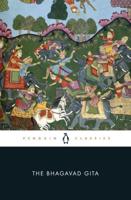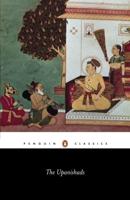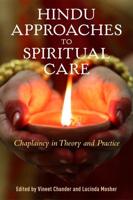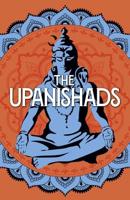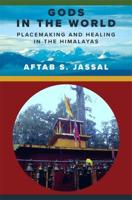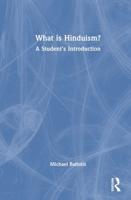Publisher's Synopsis
Indian Serpent Lore or The Nagas in Hindu Legend and Art is a book written by J. Vogel that explores the role of Nagas, or serpent deities, in Hindu mythology and art. The book delves into the origins of the Nagas, their symbolism, and their significance in Hindu culture. It also examines the artistic representations of Nagas in various forms, including sculpture, painting, and literature. The author provides a comprehensive analysis of the Nagas as a cultural phenomenon in India, tracing their evolution from ancient times to the present day. This book is an essential read for anyone interested in Hindu mythology, art, and culture.1926. The author explains in the preface that other nations have known or still practice this form of animal worship. But it would be difficult to quote another instance in which it takes such a prominent place in literature folklore, and art, as it does in India. Nor would it be possible to name another country where the development of this cult can be studied during a period which may be estimated at no less than three millennia. During so vast a space of time the deified serpents have haunted the imagination of the people of Hind. But even more astonishing is the endless variety of aspect under which the Nagas appear in Indian literature and art. We meet, on the one hand, with the primitive type of the reptile endowed with the magic properties which we are wont to associate with the dragon of western fable. On the other hand, the Naga frequently has the character of a water-spirit. Again, he may be able to assume any form he chooses, and commonly appears in human shape. In Brahmanical legend he may become a pious ascetic, in Buddhist lore he may even develop into a self-denying saint very often these various types appear strangely blended. In the present volume it has been my object to collect the legends relating to the Nagas which are found in the Brahmanical and Buddhist literature of India. We do not pretend that in that gigantic body of literary tradition there may not be a Naga story which has escaped our notice. The three chief repositories of serpent-lore, the Mahabharata, the Jataka Book, and the Rajatarangini, have, at least, been fully utilized. But for the rest it is questionable whether much would have been gained by aiming at completeness. The stories here presented will certainly suffice to show the Nagas in that great variety of aspect to which reference has been made.This scarce antiquarian book is a facsimile reprint of the old original and may contain some imperfections such as library marks and notations. Because we believe this work is culturally important, we have made it available as part of our commitment for protecting, preserving, and promoting the world's literature in affordable, high quality, modern editions, that are true to their original work.

